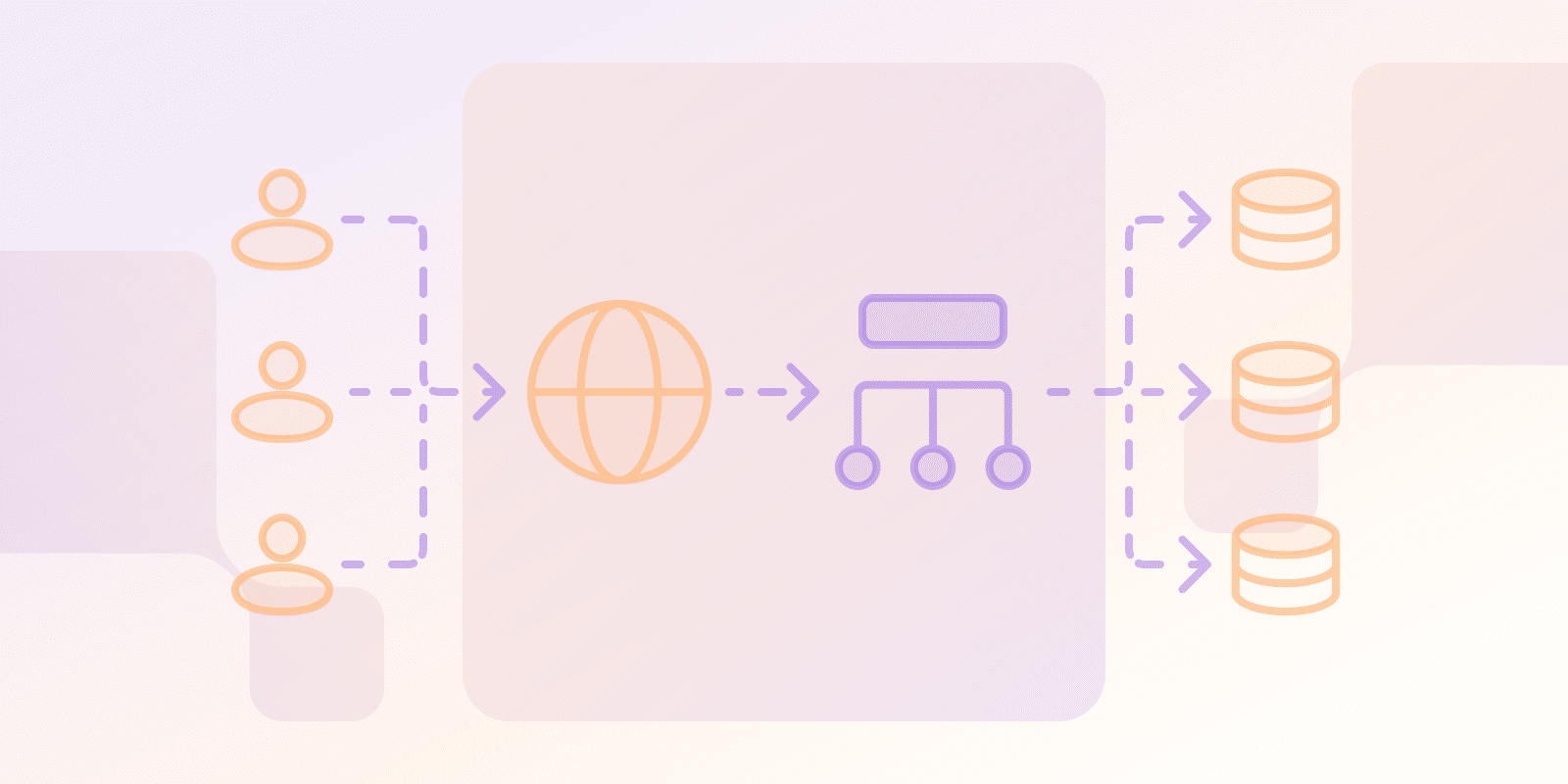Scalability and Elasticity
What is Load Balancing in Cloud Computing?

What is load balancing?
Load balancing may also be referred to as traffic dispatching since it works as a traffic director for websites and applications. It disperses the user traffic to different servers to avoid subjecting a particular server to excessive traffic load, to ensure smooth performance and prevent crashes.
Why is load balancing important for cloud computing and SaaS applications?
Load balancing is critical in the cloud environment and SaaS applications because the resources there are virtual and can be overloaded with traffic at times. It ensures:
- High Availability: If one server is down, the traffic is automatically redirected to other functional servers.
- Performance: To maintain application response when receiving multiple requests at once.
- Scalability: To add more servers to the pool to handle growing traffic.
Keep in Mind: All servers coordinate to handle the aggregate workload simultaneously to enhance the usability of products or services offered.
Real-world examples: Streaming platforms such as Netflix employ load balancing to deliver a seamless flow of videos to millions of users at once.
How does load balancing work?
Think of it like shopping in a busy supermarket where instead of everybody queueing up at one counter, several counters are opened to divide the load. Load balancers function similarly; they distribute the current incoming requests to the least loaded server.
Some of the common load balancing techniques include the round-robin, least connections, and IP hash, each with its advantages and use cases.
Keep in mind: Load balancers may also take into account the health of the servers, response time, or geographical location of the servers.
What are the differences between scalability and load balancing?
Here are three differences:
- Scalability: The capability to increase or decrease resources (like servers) and manage different traffic levels.
- Load Balancing: This is the act of distributing the traffic across those available resources.
- Cloud Elasticity: Includes scaling of resources automatically based on the traffic and the integration of scalability and load distribution.
| Characteristic | Scalability | Load Balancing | Cloud Elasticity |
|---|---|---|---|
| Core Function | |||
| Primary Purpose | Increase or decrease resources to manage traffic levels | Distribute traffic across available resources | Automatically scale and distribute resources based on traffic |
| Operational Mechanism | |||
| Resource Management | Adds or removes servers/resources | Directs traffic to least loaded servers | Dynamically adjusts resources and traffic distribution |
| Responsiveness | Prepares for potential traffic changes | Responds to immediate traffic distribution needs | Proactively and reactively manages resources |
| Key Benefits | |||
| Performance Impact | Ensures capacity for traffic growth | Maintains consistent application performance | Optimizes performance and resource utilization |
What are some real-world examples of how load balancing is used in SaaS applications?
Load balancing is widely used in SaaS applications to improve user satisfaction and service availability. For example:
- Microsoft Office 365: Balances traffic from millions of users accessing emails, documents, and other services.
- Zoom Video Conferencing: Distributes video or audio traffic across multiple servers to maintain the quality of communication.
- Salesforce CRM: Balances the volume of customer relationship management data and transactions for responsiveness or availability for sales teams.
Conclusion
Load balancing is one of the core components of cloud computing and SaaS-based solutions. It distributes user traffic across multiple servers to maintain application availability, performance, and scalability. Understanding load balancing and its associated concepts enables informed decision-making in building or selecting cloud-based solutions.